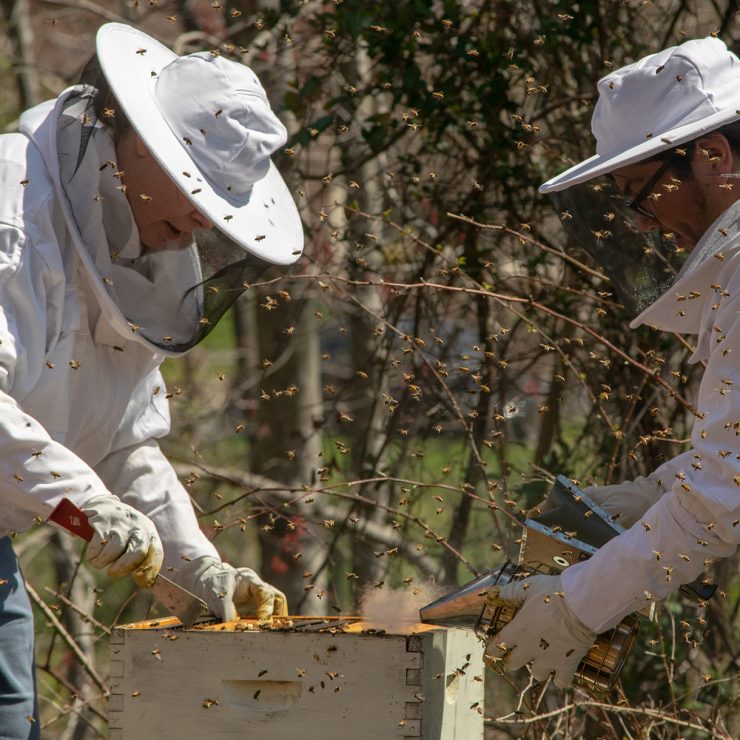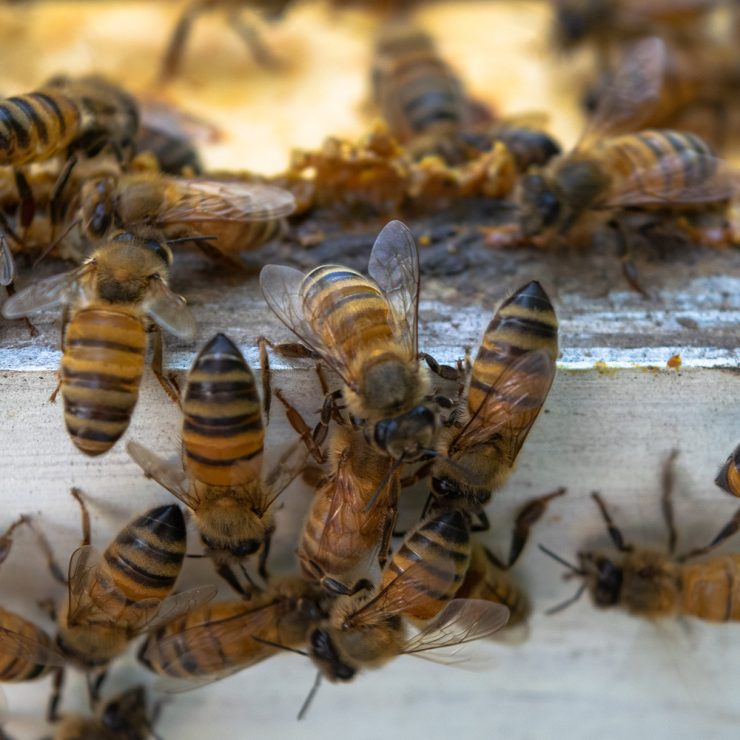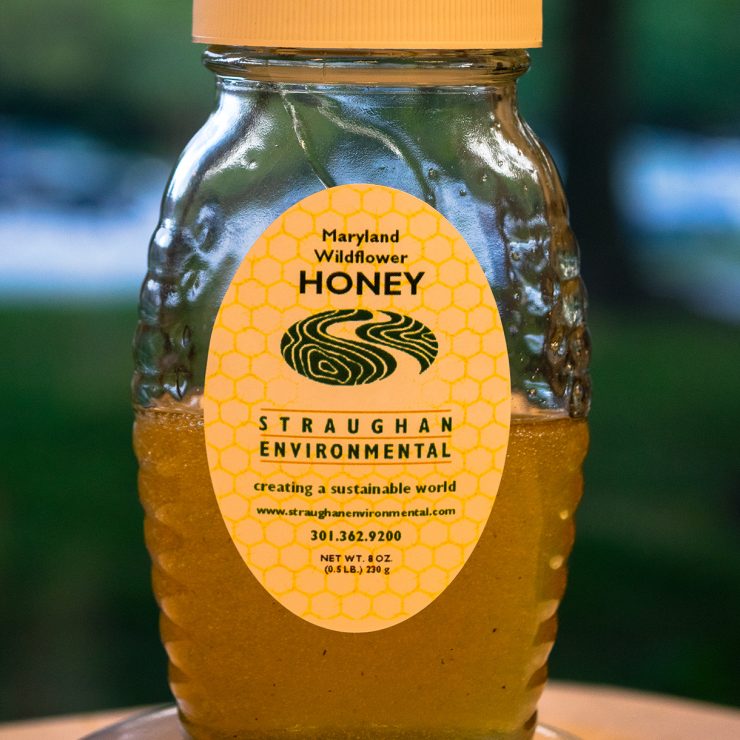By: Luis Ponciano, MPS
As environmentally conscious people who take great care in the delicate balance of the eco-systems around us, we take pride in the fact that we have our own bee colony which we maintain. Several members of our staff take time to manage, clean, and treat our colony on a monthly basis. Managing a bee hive comes with many challenges, both technical and personal. One of our staff, Luis Ponciano, joined the “Bee Team” last year and has learned a great deal. Here is a short interview about his experience.
Q: What have you learned in the few months that you have assisted with the bee hive?
A: Well, for starters, bees are not inherently out to sting you. Unless you outright bother them, they don’t really care if you’re around them. However, once they start to get agitated, they stick their abdomens in the air and crouch down. This is when you should start to get worried!
Q: What kind of bees make up the colony?
A: There are three types of bees: worker bees, drone bees, and the queen. Most of every hive is made up of worker bees. From birth, they are given tasks like maintaining the hive, caring for larvae, collecting pollen/nectar, and guarding the hive. All worker bees are female and have a brief lifespan of 4 to 5 weeks. Drone bees have a single job and that is to mate with the queen. They are all male and their lifespan is decided when nectar in the field becomes scarce. When nectar is scarce, the worker bees drag the drones out of the hive and do not let them return, thereby starving them to death. The queen, of course, is the focal point of the hive. Without her, there’s no hive. In our hive, we’ve seen the interactions between the workers and drones, but I have yet to see the queen.
Q: What is involved when you take care of the hive?
A: When we open the hive, we check for certain key hive health indicators: honey production, larvae production, signs of disease or infestation, and overall activity. We take out each frame slowly and carefully to avoid disturbing them too much and do a brief visual inspection for the health indicators. We want to make sure the worker bees are producing honey and that the queen is producing larvae.
The last time the ‘Bee Team’ was out with our hive was when we were doing a wellness check. Bee hives can get hit with hive beetles (Aethina tumida) and varroa mites (Varroa destructor). Hive beetles in small numbers are relatively harmless and innocuous. The bees are generally good at getting out hive beetles which can appear towards late summer. Varroa mites are a different story. They can latch on to our bees and suck out their fat body tissue thus weakening the bees and destabilizing the future of our hive. The test we perform for these pests is called the Sugar Shake. We take a small sample (150-200 bees) in a container full of powdered sugar and shake them in it. The mites on the bees fall off and into the powdered sugar which is then dumped onto a sheet of white paper. Once the blend of powdered sugar and mites are on the paper, we spray down the sugar to dissolve it and are left with just the mites. By comparing the ratio of remaining mites to the number of bees sampled, we can estimate the extent of our mite infestation and whether the hive will need to be treated. This year’s test revealed 9 mites for every 200 bees, which falls in the range of moderately healthy, meaning we did not need to treat the hive.
Q: What is something you have appreciated from taking care of the hive?
A: A few months ago, we harvested the honey that the hive worked so hard to produce. It was an interesting and messy experience that we all enjoyed. We were able to harvest one and a half gallons. We learned a lot about the process, and we enjoyed our honey harvest which had a very light, floral flavor.


